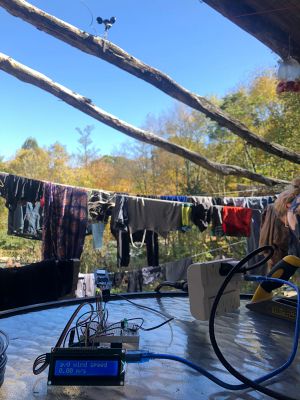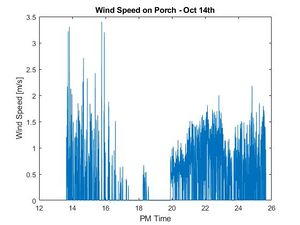Difference between revisions of "Electrical Control Unit"
| Line 25: | Line 25: | ||
- We are currently supplying power to the Arduinos via USB. If we used DC converters from the batteries to the Arduinos, we might save some electricity. | - We are currently supplying power to the Arduinos via USB. If we used DC converters from the batteries to the Arduinos, we might save some electricity. | ||
| − | # Useful | + | # Useful guides and tips |
__Real Time Clock Setup for SD3231__ | __Real Time Clock Setup for SD3231__ | ||
| Line 57: | Line 57: | ||
| − | + | ## References | |
[^preciseVoltage]: http://www.skillbank.co.uk/arduino/measure.htm#:~:text=Precise%20voltage%20measurement%20with%20the,number%20between%200%20and%201023. | [^preciseVoltage]: http://www.skillbank.co.uk/arduino/measure.htm#:~:text=Precise%20voltage%20measurement%20with%20the,number%20between%200%20and%201023. | ||
Revision as of 17:36, 2 March 2021
The electrical control unit is a wireless communication system that monitors the battery voltage and broadcasts other information. Please refer to the GitHub Repository "WoodlandHarvestControlSystem" for the code for all Arduinos. If you feel lost regarding working with any sensors or boards used in the system, check Useful Guides section at the bottom of this page.
Feel free to change the code on the Arduinos and platforms. Visitors and students can get editing access to the repository from Leon Santen or Odalys Benitez.
Contents
Repository Sections
master-arduino
The master Arduino, also called a server, measures the battery voltage with the Adafruit INA260 and broadcasts information wirelessly to the other Arduinos. The wireless system uses the LoRa protocol to communicate at 915 Mhz. For detailed information on what LoRa is and how it works, please refer to the LoRa research page. The diagram for states and communication codes is on Whimsical. The prior link redirects you to the diagram.
client
anemometer
We are using a Vortex wind sensor. One revolution per second equals 2.5 mph. Since our anemometer has a relay (a mechanical switch), it creates a switch bounce. Therefore, we need a debounce circuit.
_A bug with the current code seems to be related to saving the dateTime string. The dateTime string is saved incorrectly when there should be a trailing 0 in front of the minute reading. I believe that the current code does not include an additional 0 to save minute readings below 10.
Opportunities to improve the system
- We are currently supplying power to the Arduinos via USB. If we used DC converters from the batteries to the Arduinos, we might save some electricity.
Useful guides and tips
Real Time Clock Setup for SD3231
Download DS3231 library on GitHub
Data logging on SD-card
this randomnerdtutorial.com leads you through SD-card usage with an arduino.
Wireless communication with NRF24L01
We have long-run antennas for wireless communication (NRF24L01 Tutorial).
You should solder a 10uf electrolytic capacitor between the power leads.
How to connect several SPI devices to Arduino.
Non-invasive AC Current Sensor ANSANE SCT-013-030
Outputs approximately 1 V for every 30 A.
LoRa Overview on Digikey
https://www.digikey.com/en/maker/blogs/introduction-to-lora-technology
Voltage measuring with voltage divider circuit
For precise voltage measurements, it is recommended to use (analogRead(pin) + 0.5) * 5.0 / 1024.0 1.

